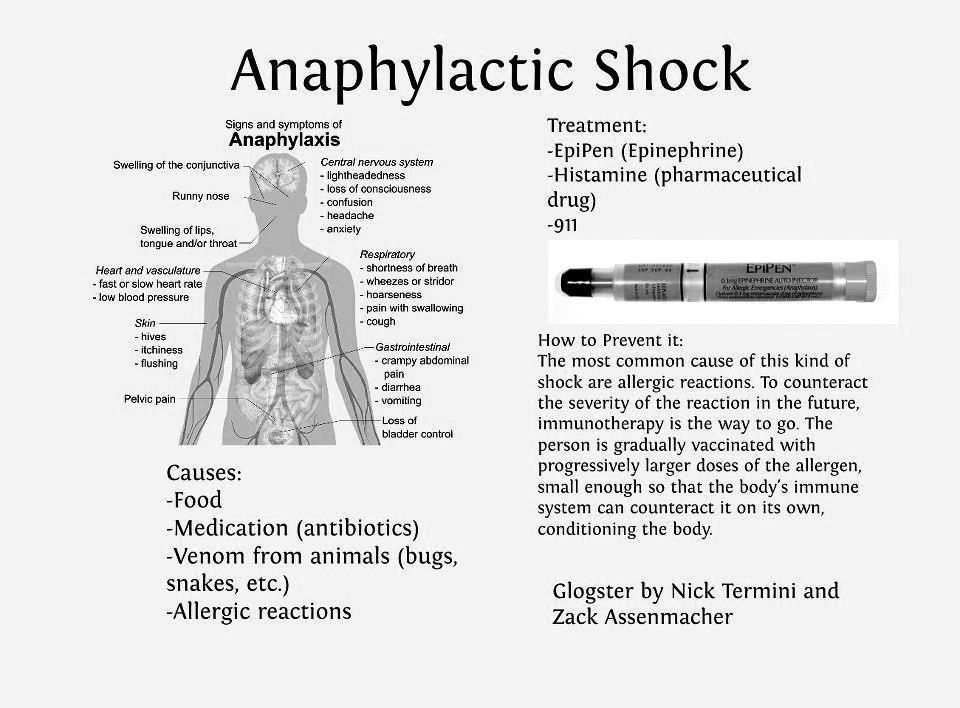Signs of allergy to antibiotics. Identifying Antibiotic Allergies: Recognizing Signs and Symptoms of Allergic Reactions
How do you distinguish between common side effects and an allergic reaction to antibiotics. What are the key symptoms to watch for when taking antibiotics. When should you seek immediate medical attention for an antibiotic reaction. How can you tell the difference between antibiotic allergy and intolerance.
Understanding Antibiotic Allergies: More Rare Than You Might Think
Antibiotic allergies are often misunderstood and overestimated. While many people worry about allergic reactions to antibiotics, true allergies account for only 5-10% of medication side effects, according to the American Academy of Allergy Asthma & Immunology. This statistic highlights the importance of accurately identifying genuine allergic reactions versus common side effects.
Do all individuals react the same way to antibiotics? No, reactions can vary significantly from person to person. One family member might develop a skin rash, while another experiences no side effects at all from the same medication. This variability underscores the need for personalized medical attention and careful monitoring when starting a new antibiotic regimen.

Common Side Effects vs. Allergic Reactions: Decoding the Differences
An allergic reaction to antibiotics occurs when your immune system produces antibodies in response to the medication, perceiving it as a threat. This differs from common side effects, which are typically less severe and do not involve an immune response. Understanding this distinction is crucial for proper management and treatment.
Key Symptoms to Watch For
- Skin reactions: Rashes, hives, blistering, or peeling
- Respiratory issues: Wheezing, trouble breathing, throat tightness
- Swelling: Especially of the face, lips, or tongue
- Vision problems: Blurriness or other changes
- Gastrointestinal distress: Severe nausea or vomiting
- Dizziness
Are these symptoms always indicative of an allergic reaction? Not necessarily. Some may be common side effects, but it’s essential to monitor their severity and consult a healthcare provider if you’re concerned.
Immediate Action: What to Do If You Suspect an Allergic Reaction
If you experience any of the symptoms mentioned above while taking antibiotics, it’s crucial to take prompt action. Contact your healthcare provider immediately or seek care at an urgent care facility. In cases of severe symptoms such as facial swelling, difficulty breathing, or dizziness, don’t hesitate to call emergency services, as these could indicate anaphylaxis, a life-threatening condition requiring immediate medical attention.

Should you stop taking the antibiotic if you suspect an allergy? It’s important not to discontinue the medication without consulting your doctor first. Stopping antibiotics prematurely can lead to antibiotic resistance, making the medication less effective in the future. Your healthcare provider may adjust the dosage, treat the side effects, or prescribe an alternative antibiotic based on your specific situation.
The Timeline of Antibiotic Allergies: When Do Reactions Occur?
Allergic reactions to antibiotics don’t always follow a predictable timeline. While some individuals may experience symptoms shortly after starting the medication, others might not have a reaction until weeks after completing the course. In some cases, a person may finish their prescription without any adverse effects but develop an allergic reaction the next time they take the same antibiotic.
Why does the timing of allergic reactions vary? Repeat exposure to a medication can encourage your body to create histamines, leading to allergy symptoms. However, severe allergic reactions typically occur within minutes to hours of taking the antibiotic.
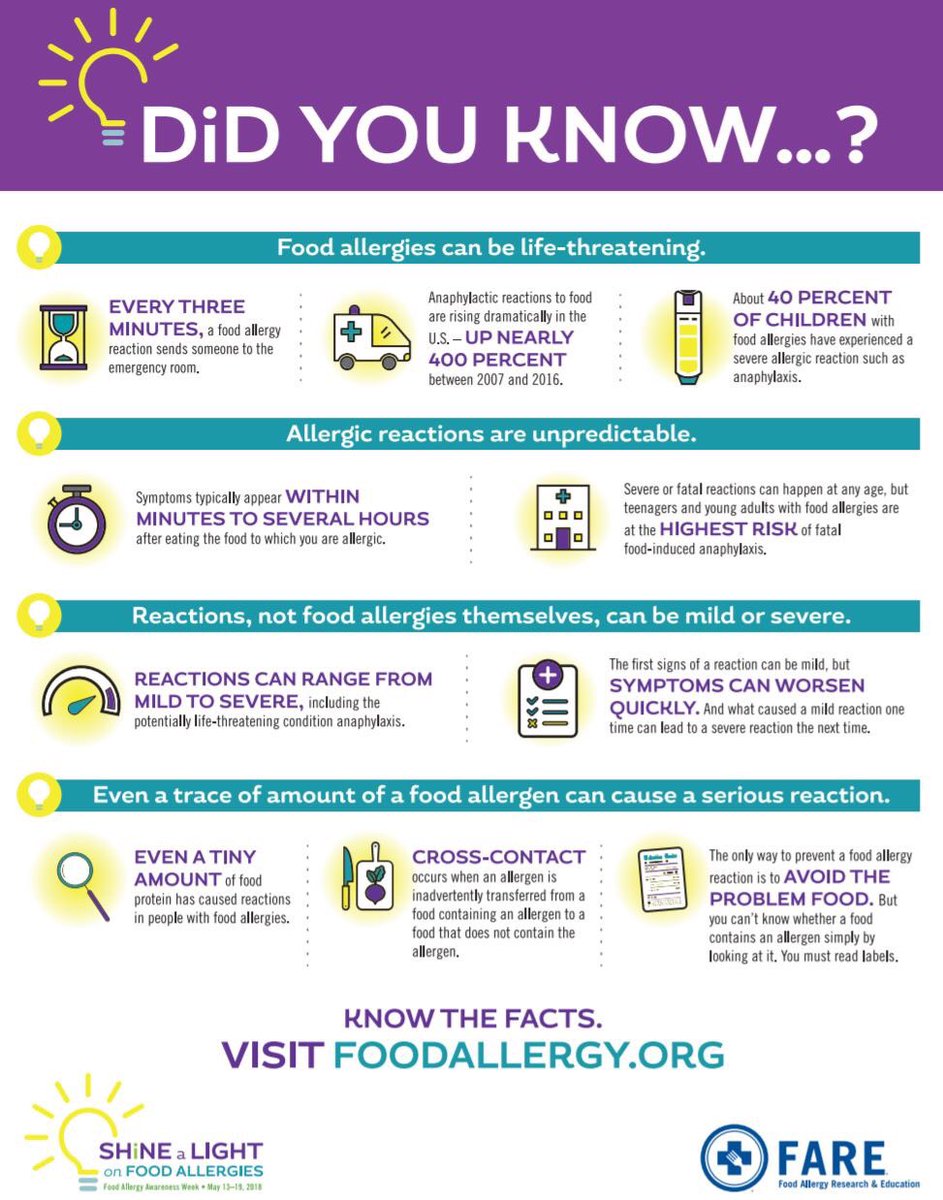
Delayed Reactions: What You Need to Know
Delayed allergic reactions can be particularly concerning as they may occur after you’ve finished your antibiotic course. This emphasizes the importance of staying vigilant even after completing your prescription. If you experience any unusual symptoms in the weeks following antibiotic treatment, don’t hesitate to consult your healthcare provider.
Antibiotic Allergy vs. Intolerance: Unraveling the Distinction
Sometimes, what appears to be an allergic reaction might actually be antibiotic intolerance. While both can cause discomfort, they are fundamentally different and require different approaches to management.
How can you distinguish between an allergy and intolerance? Your healthcare provider may recommend skin testing to confirm an allergy. Additionally, they may observe whether your symptoms affect multiple body systems (typical of an allergic reaction) or are primarily centered on your digestive system (more indicative of intolerance).

Managing Antibiotic Intolerance
To minimize the risk of intolerance and its unpleasant symptoms, carefully follow your healthcare provider’s or pharmacist’s instructions. Before taking your first dose, thoroughly read the health information provided with your prescription and on the bottle label. This information often includes guidance on whether to take the medication with food or milk to protect your stomach.
If you’re unsure whether your symptoms result from intolerance or an allergy, consult your healthcare provider or a pharmacist. They can help determine if you should continue taking the medication or if adjustments are necessary.
Preventing Antibiotic Allergies: Proactive Measures
While it’s not always possible to prevent antibiotic allergies, there are steps you can take to minimize your risk and ensure safe medication use:
- Always inform your healthcare provider about any previous allergic reactions or intolerances to medications.
- Keep a detailed record of your medications, including any reactions you’ve experienced.
- Ask your doctor or pharmacist about potential side effects and how to manage them.
- Follow dosage instructions carefully and complete the full course of antibiotics as prescribed.
- Consider wearing a medical alert bracelet if you have known severe allergies.
Can taking these precautions guarantee you won’t develop an antibiotic allergy? While they can’t eliminate the risk entirely, these measures can significantly reduce the likelihood of severe reactions and ensure prompt recognition of potential allergies.

The Impact of Antibiotic Allergies on Future Treatment
Being diagnosed with an antibiotic allergy can have implications for your future medical treatments. It may limit the types of antibiotics you can safely use, potentially complicating the treatment of certain infections.
How does an antibiotic allergy affect your treatment options? Your healthcare provider will need to carefully consider alternative antibiotics or treatment approaches when prescribing medications. In some cases, they may recommend desensitization therapy, a process that can help your body tolerate the antibiotic if it’s deemed necessary for your treatment.
The Importance of Accurate Allergy Documentation
Ensuring that your medical records accurately reflect your antibiotic allergies is crucial. This information helps healthcare providers make informed decisions about your treatment and avoid potentially dangerous reactions. If you’ve been diagnosed with an antibiotic allergy, make sure this information is prominently noted in your medical history and communicated to all healthcare providers involved in your care.

Advancing Research in Antibiotic Allergies: Current Trends and Future Directions
The field of antibiotic allergy research is continually evolving, with scientists and medical professionals working to improve diagnosis, treatment, and prevention strategies. Current research focuses on several key areas:
- Developing more accurate diagnostic tests to differentiate between true allergies and other adverse reactions
- Investigating genetic factors that may predispose individuals to antibiotic allergies
- Exploring new desensitization protocols to safely reintroduce necessary antibiotics to allergic patients
- Researching alternative antibiotic formulations that may reduce the risk of allergic reactions
What does the future hold for antibiotic allergy management? As research progresses, we can expect more personalized approaches to antibiotic prescribing, taking into account individual risk factors and genetic predispositions. This could lead to more targeted treatments and reduced incidence of allergic reactions.

The Role of Patient Education in Antibiotic Safety
Empowering patients with knowledge about antibiotic use and potential allergic reactions is a crucial aspect of improving overall antibiotic safety. Healthcare providers play a vital role in educating patients about:
- The importance of taking antibiotics only when necessary and as prescribed
- Recognizing the signs of potential allergic reactions
- Understanding the difference between side effects and allergic responses
- The significance of completing the full course of antibiotics to prevent antibiotic resistance
By fostering a collaborative approach between patients and healthcare providers, we can work towards safer antibiotic use and more effective management of potential allergic reactions.
How to Know if You’re Having an Allergic Reaction to Antibiotics –
Print 🖨 PDF 📄 eBook 📱
“Am I having an allergic reaction to antibiotics?” is a common question, but a true allergic reaction to an antibiotic is actually less common than you might think. In fact, drug allergies make up only an estimated 5 to 10% of medication side effects, according to the American Academy of Allergy Asthma & Immunology.
It’s easy to mistake common antibiotic side effects with an allergy, so how can you tell the difference? Read on to get the facts about allergic reactions.
Common Side Effects to Watch for When You’re Taking an Antibiotic
It seems natural to think that medication should behave in the same way for any person who takes it. After all, prescription and over-the-counter medications go through rigorous testing before they’re released for public use. But that’s not the reality. Many people have a slightly different reaction to prescribed drugs, including antibiotics. When you take a certain antibiotic, you might develop a skin rash or another symptom, while your sibling, parent or child may have no side effect at all to the same medication.
When you take a certain antibiotic, you might develop a skin rash or another symptom, while your sibling, parent or child may have no side effect at all to the same medication.
An allergic reaction to antibiotics occurs when your immune system produces antibodies in response to taking the medication. Antibody production typically occurs because your body is reacting to something it perceives as an invader, such as an illness, but when it reacts to medication, it’s an allergic reaction.
Symptoms of an allergic reaction can range from mild to life-threatening. If you’re taking an antibiotic (or any other new medication), keep an eye out for these signs:
- Blistered or peeling skin
- Blurry vision or other vision problems
- Dizziness
- Hives
- Red, itchy, flaky or swollen skin
- Severe nausea or vomiting
- Severe swelling or itching
- Swelling of the face, lips or tongue
- Throat tightness
- Trouble breathing
- Wheezing
Having an Allergic Reaction? Here’s What to Do
If you’re experiencing any of the symptoms outlined above, contact the health care provider who prescribed the medication or seek medical attention at an urgent care facility. Some of those symptoms—swelling of the facial area, throat tightness, trouble breathing, dizziness and wheezing—can be caused by anaphylaxis, a life-threatening, emergency health issue. If you or someone around you have symptoms of anaphylaxis, call 911 for immediate medical attention.
Some of those symptoms—swelling of the facial area, throat tightness, trouble breathing, dizziness and wheezing—can be caused by anaphylaxis, a life-threatening, emergency health issue. If you or someone around you have symptoms of anaphylaxis, call 911 for immediate medical attention.
If you’re having a rash or other mild symptom after being prescribed an antibiotic, tell your doctor about it. Depending on the specific symptoms, your doctor may have you take the antibiotic while treating the side effect, adjust the dose, or prescribe a different antibiotic.
It’s important not to stop taking an antibiotic without clearing it with your doctor first. That’s because antibiotics should be taken for the entire duration prescribed to be effective. If you stop before the course of medication is complete, you can develop antibiotic resistance, making that antibiotic less effective for you in the future.
The Timing of Antibiotic Allergies
If you’re allergic to an antibiotic, you don’t always see the reaction after your first dose. You may develop an allergic reaction shortly after starting, but you may also have an allergic episode weeks after you finish the course of medication.
You may develop an allergic reaction shortly after starting, but you may also have an allergic episode weeks after you finish the course of medication.
In fact, it’s possible to finish your prescription without any negative effects but have an allergic reaction the next time you take that antibiotic. That occurs because repeat medication exposure encourages your body to create histamines that cause allergy symptoms. In most cases, severe allergic reactions to antibiotics take place within minutes or hours of taking the medication.
Antibiotic Allergy vs. Intolerance
Sometimes your body can develop an intolerance to an antibiotic rather than an allergy. How can you tell the difference? Your physician or nurse practitioner may recommend skin testing to confirm an allergy. Additionally, your health care provider may monitor you to see if your symptoms affect many parts of the body, which is typical of an allergic reaction, or if they are centered on your stomach or digestive system (upset stomach, diarrhea or nausea).
You can avoid intolerance and its unpleasant symptoms by carefully following your medical provider’s or pharmacist’s guidance. Before taking the first dose of your antibiotic, read the health information included with the prescription and bottle label. This should tell you how to take the medication, including whether it should be taken with food or milk to protect your stomach.
If you are unsure if your symptoms resulted from intolerance or an allergy, check in with your health care provider or a pharmacist. They can help you determine if you should continue taking the medication.
Can’t Afford Your Medications? Here’s What You Can Do.
A health care provider can determine when an antibiotic may help symptoms. Need a provider? Find one here.
Listen to a Podcast About What To Do If You Have an Allergic Reaction
Sneezing and wheezing can be signs of seasonal allergies, but what if you get hives or swelling or you can’t breathe? You might be having a serious allergic reaction.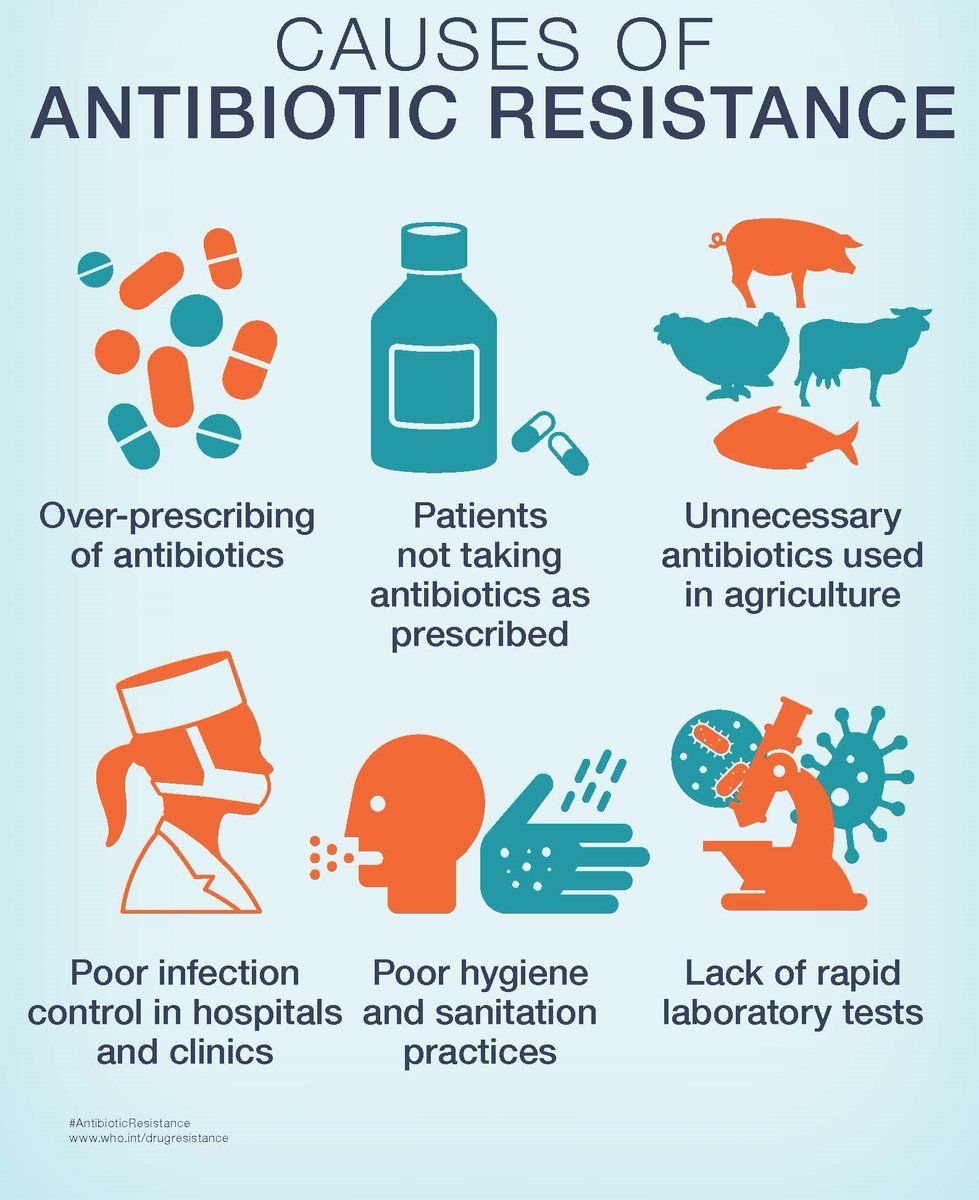 This may occur because of a medication, food, animals, latex or other allergens. And sometimes coming into contact with something you are allergic to can be life-threatening. Learn the signs to look out for, what to do if you have an allergic reaction and much more from Dr. Scott Burger, Interim Chief Medical Officer of UM Urgent Care.
This may occur because of a medication, food, animals, latex or other allergens. And sometimes coming into contact with something you are allergic to can be life-threatening. Learn the signs to look out for, what to do if you have an allergic reaction and much more from Dr. Scott Burger, Interim Chief Medical Officer of UM Urgent Care.
Listen here or go to our website:
Are you having an allergic reaction to antibiotics or another medication?
Visit a University of Maryland Urgent Care location today.
Find a Location
- Category:
Allergies, Ear, Nose and Throat Conditions, Infectious Diseases, Medication Management, Safety Tips - Tag:
Allergic Reaction, antibiotics, Concerning Symptoms
Antibiotics – side effects and antibiotic resistance
Key facts
- Antibiotics are medicines that treat infections and diseases caused by bacteria.

- Different types of antibiotics work in different ways, but all antibiotics damage bacteria so that your immune system can more easily fight the bacteria.
- Doctors prescribe antibiotics that are best suited to the type of infection you have.
- Like all medicines, antibiotics can cause side effects. Some people are allergic to certain antibiotics.
- Because antibiotics have been overused, many are no longer effective. Antibiotics should only be used if they are needed to treat a bacterial infection.
What are antibiotics?
Antibiotics are medicines that treat infections and diseases caused by bacteria. Antibiotics do not work against viruses. Penicillin is a well-known antibiotic.
Antibiotics are part of a larger group of medicines called antimicrobials. Other types of antimicrobials are:
- antivirals — for treating infections caused by viruses
- antifungals — for treating infections caused by fungi
- antiparasitics — for treating infections with worms and parasites
These medicines are all used to treat infections.
Because antibiotics have been overused, many are no longer effective. Antibiotics should only be used if they are needed to treat a bacterial infection.
How do antibiotics work?
Different types of antibiotics work in different ways. However, all antibiotics damage bacteria so that your immune system can more easily fight the bacteria.
Why are there different types of antibiotics?
Different antibiotics work against different types of bacteria:
- broad spectrum antibiotics work against a wide range of bacteria
- narrow spectrum antibiotics only work against a few types of bacteria
Your doctor will choose an antibiotic that is best suited to your infection.
How do doctors know which antibiotics to use?
Sometimes, doctors choose an antibiotic based on what they think will work.
At other times, your doctor will recommend tests to work out which bacteria are causing your infection. This information helps them to choose the antibiotics that are likely to be most effective.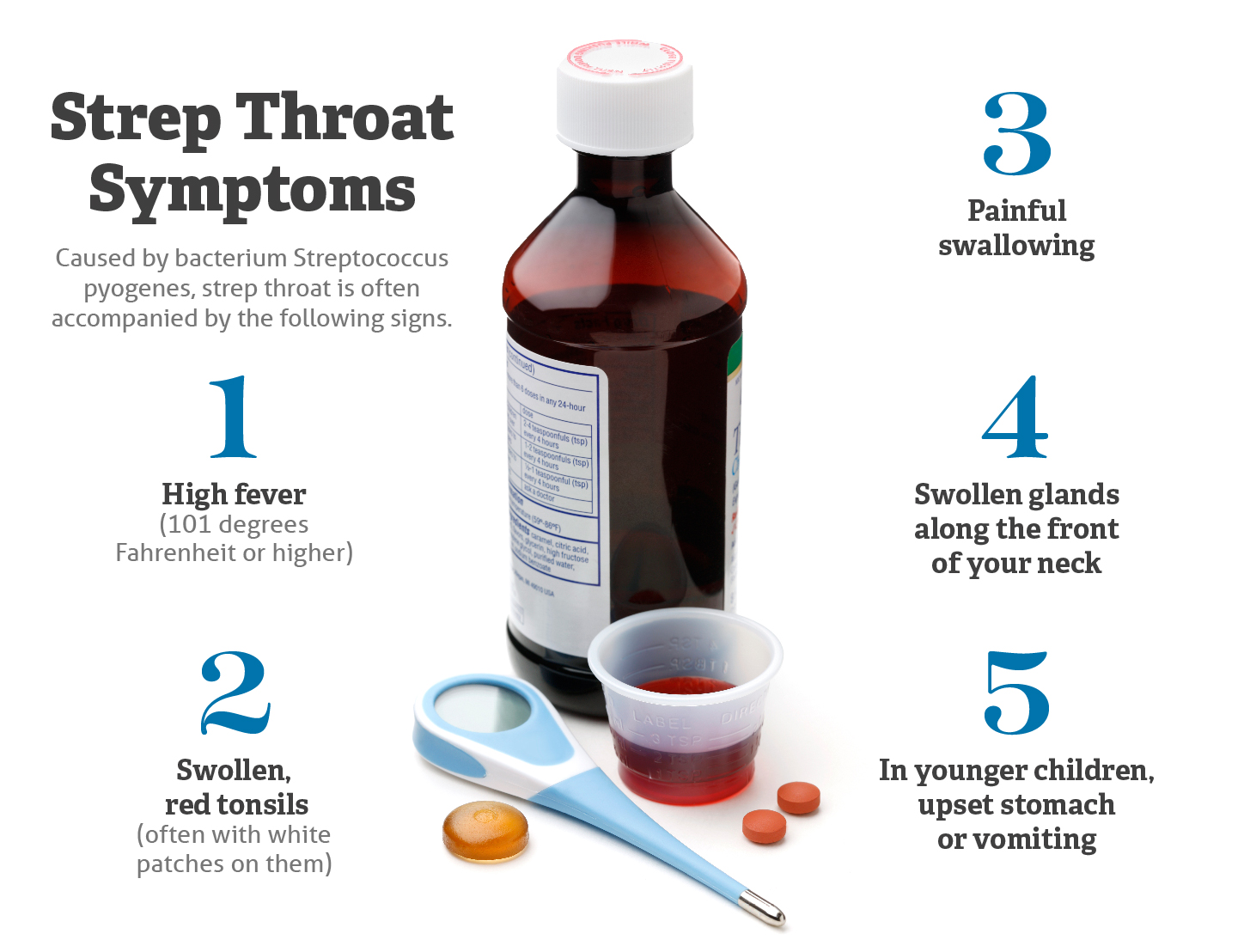
What are the side effects of antibiotics?
Like all medicines, antibiotics can cause side effects.
Some common side effects include:
- diarrhoea
- nausea and vomiting
- thrush infections, in your mouth or vagina
Less common side effects are:
- ongoing diarrhoea
- allergic reactions
What happens if I’m allergic to antibiotics?
If you are allergic to antibiotics, you may get signs and symptoms. These might include a rash, swelling of the face or difficulty breathing.
While any antibiotic could cause an allergy, most allergies are caused by:
- penicillin or antibiotics closely related to penicillin
- antibiotics called sulfonamides
If you are allergic to one antibiotic, you are likely to be allergic to all other antibiotics in that class.
A severe allergy may result in anaphylaxis and usually occurs within an hour of taking an antibiotic. This is a medical emergency and needs immediate medical attention.
If you suspect you are having an anaphylactic reaction, call triple zero (000) for an ambulance.
Feeling nauseous and vomiting after taking antibiotics are common side-effects. These are not usually an allergic reaction.
If you have any other concerns about antibiotics, including possible side effects, talk to your doctor or pharmacist.
How do I take antibiotics?
Like all medicines, when taking antibiotics you should follow the instructions that your doctor gives you.
You might want to ask your doctor if there are any medicines you should not take with your antibiotic. This information can also be found in the Consumer Medicine Information (CMI) that comes with your medicine.
Most antibiotics are given by mouth, either as a liquid or a tablet. Some antibiotics can be applied directly to the eyes as eye drops or ointment.
If you are in hospital, you might be given antibiotics through a drip (intravenously). Your doctor will choose the best way for you to receive your medicine.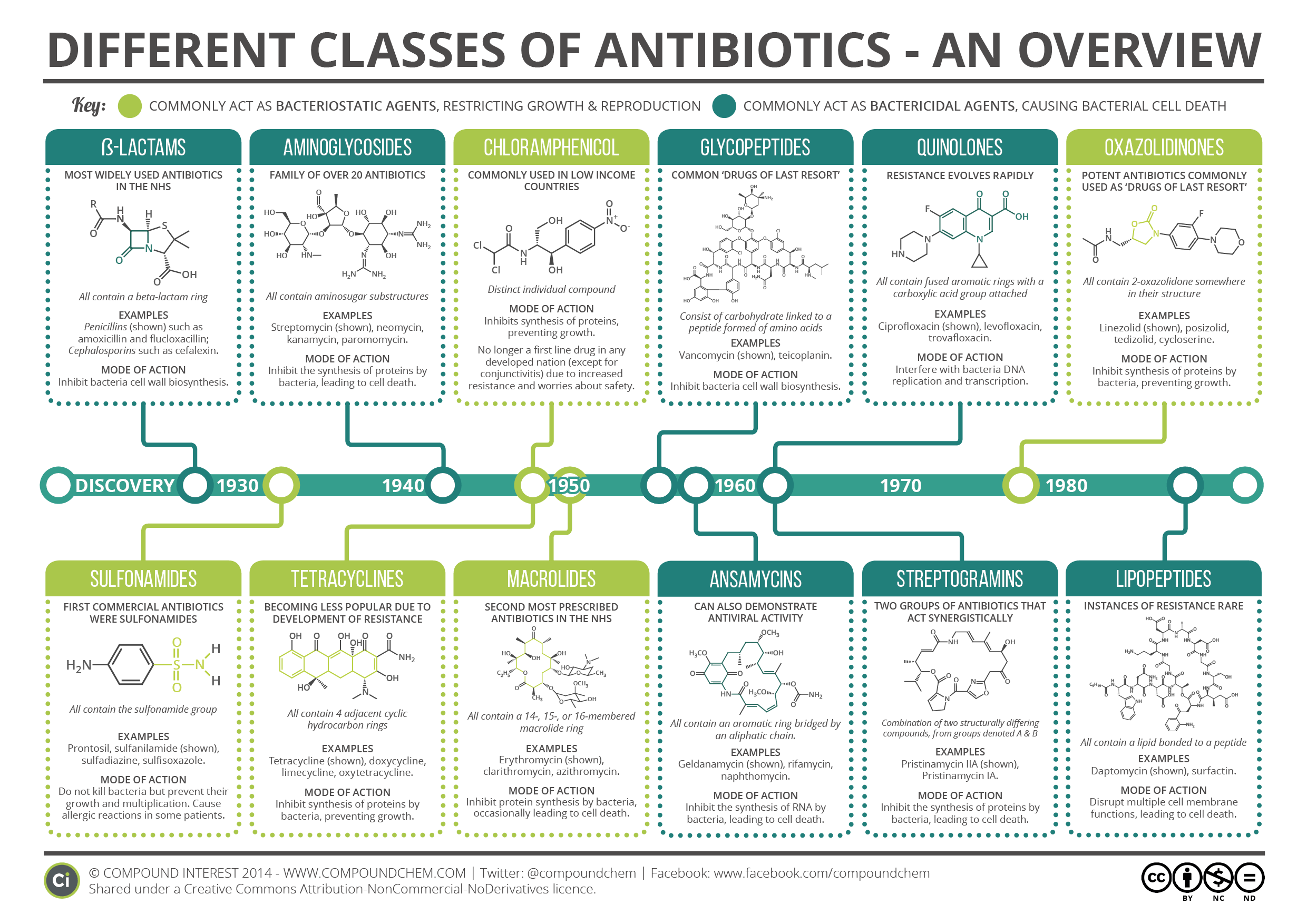
Currently, there is a shortage of some antibiotics in Australia, such as amoxicillin, cefalexin and metronidazole.
If you cannot get the medication that you need, speak to your pharmacist or doctor. They can advise on alternatives. For more information, visit Therapeutic Goods Administration (TGA).
What is antibiotic resistance?
Many antibiotics are less effective than they once were. This is due to antibiotic resistance. This has been caused by antibiotics being used so often that they no longer work against the bacteria. Sometimes the bacteria change to protect themselves against the antibiotic. Antibiotic resistance is a serious global problem.
The more bacteria are exposed to antibiotics, the more chances they have to change and become resistant. This can happen by:
- using antibiotics when they’re not needed
- not taking antibiotics properly — such as missing doses or not completing the course
How does antibiotic resistance affect me?
Using antibiotics when you don’t need them may stop them from working when you do need them.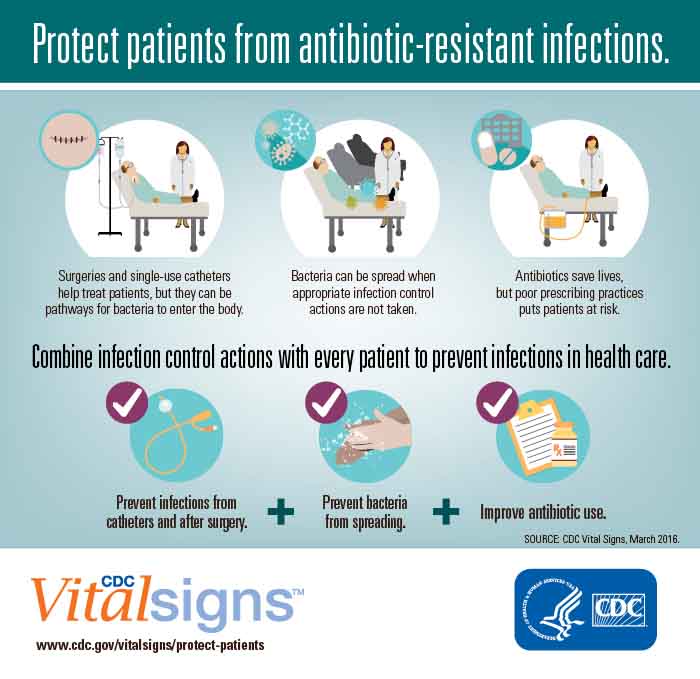
If an antibiotic no longer works against the resistant bacteria:
- infections take longer to heal
- infections can get worse and lead to more serious problems
- you might be sick for longer and pass your infection on to other people
How can I prevent antibiotic resistance?
Antibiotic resistance can’t be totally stopped, but you can help slow it down by sensibly using antibiotics. Australia has one of the highest rates of antibiotic use in the world. You can help slow down antibiotic resistance by:
- not taking antibiotics when you have a cold or the flu
- taking your antibiotics as prescribed
- having good hygiene practices to avoid spreading infections
Viruses cause most colds, flu and COVID-19. Antibiotics don’t work against viruses.
Taking your antibiotics as prescribed involves:
- taking the right dose at the right time
- taking the antibiotics for as long as your doctor tells you
- never saving antibiotics for the next time you’re sick
- never taking antibiotics prescribed for someone else
Good hygiene practices help to stop you from getting sick.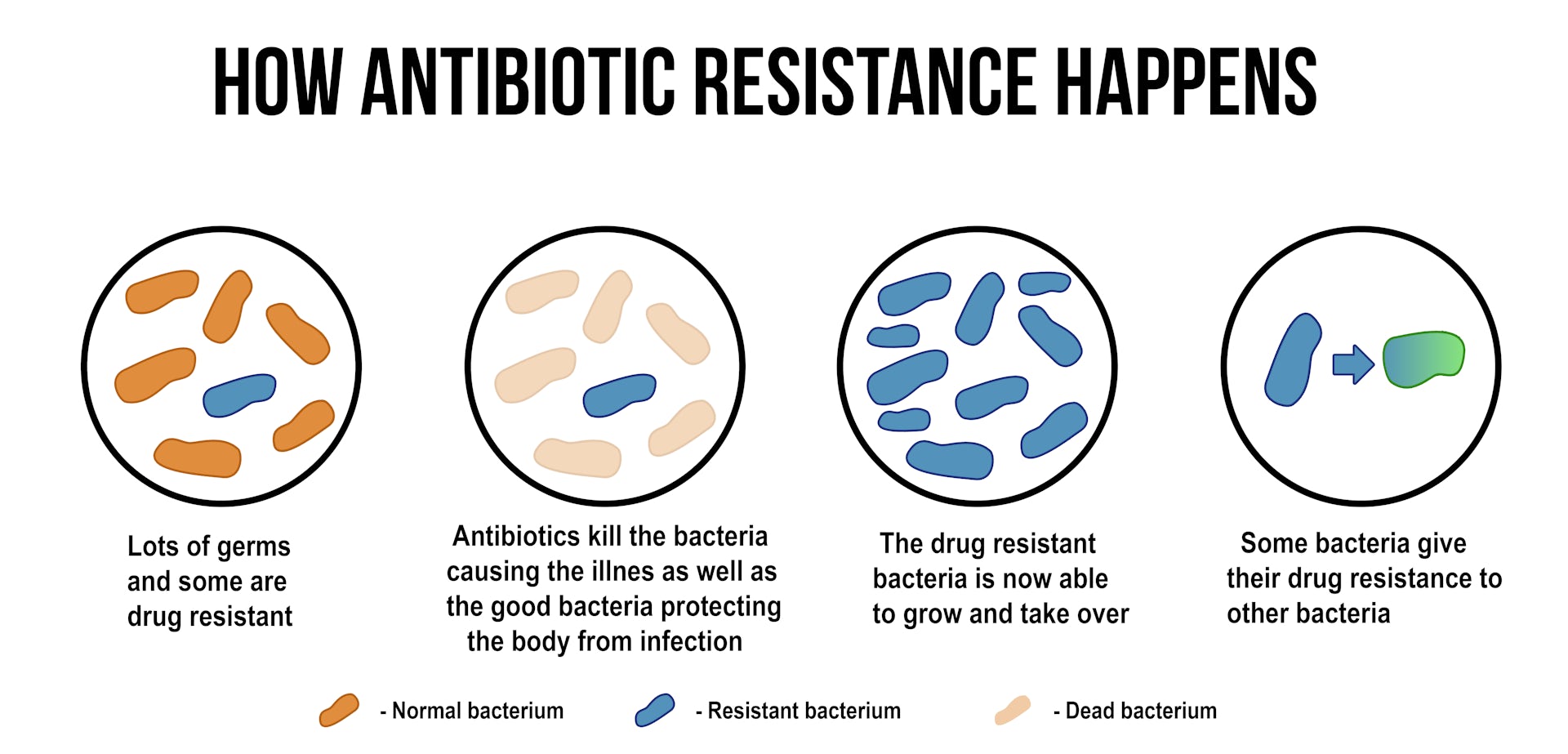 They also stop you spreading infections to other people.
They also stop you spreading infections to other people.
How are infections with antibiotic resistant bacteria treated?
It is sometimes possible to use another antibiotic to which bacteria aren’t resistant. However, it may not work as well, and it could also cause side effects. It’s also possible that the bacteria may become resistant to this antibiotic too.
For these reasons, antibiotic resistance is a major threat to human health. There is concern that there’ll be bacterial infections that just can’t be treated.
What are ‘superbugs’?
‘Suberbugs’ is a term used for bacteria that are resistant to antibiotics. Superbugs such as Methicillin-resistant Staphylococcus aureus (MRSA) and multi-drug-resistant strains of Escherichia coli (E. coli) are common. They can be a problem in hospitals.
Why did I get antibiotics when I had surgery?
Sometimes antibiotics are prescribed to stop infections happening. This might happen when you have surgery or a dental procedure.
In Australia, doctors and nurses are working together to review this practice. By reducing the use of antibiotics, they will help reduce antibiotic resistance. You can find out more about what is being done on: the Australian Commission on Safety and Quality in Health Care website.
Resources and support
Call 1300 MEDICINE (1300 633 424) if you have questions about your medicines. This service operates Monday to Friday, 9am to 5pm AET (closed on NSW public holidays).
You can also call healthdirect on 1800 022 222 (known as NURSE-ON-CALL in Victoria). A registered nurse is available to speak to, 24 hours, 7 days a week.
Learn more here about the development and quality assurance of healthdirect content.
Allergy after antibiotics: symptoms, diagnosis – “Sensitive”
In recent years, doctors have noted an increase in the occurrence of allergic reactions to antibiotics both among adult patients and among children. In the medical center of Yeysk “Sensitive” you can undergo specific diagnostics to detect the allergen.
Allergies often appear suddenly after antibiotics, and there can be many reasons for this. The most common are the following:
- Already existing allergy to food, pollen, dust.
- Genetic predisposition.
- Development in the body of such pathological processes as cytomegalovirus, mononucleosis.
- Long-term use of antibiotics.
- Long-term use of a drug.
In children, allergies after antibiotics develop with a weakened immune system, this can also be the cause of allergies in adults.
Allergy symptoms after antibiotics
Most often, allergies after antibiotics occur within the first day of taking. Much less often, immediate allergic reactions occur, and they develop within a few hours after the patient takes an antibiotic. In this case, the following manifestations will be observed:
- hyperemic rash, often like burns;
- swelling of tissue and excruciating itching;
- difficulty in breathing;
- agonizing cough with wheezing;
- nausea which turns into vomiting;
- difficulty swallowing food.

In medicine, stages of an allergic reaction are distinguished, and at the mildest and medium stages, allergy after antibiotics manifests itself in the form of skin rashes, nausea, and swelling. With swelling of the nasopharynx, coughing, difficulty in swallowing food, difficulty breathing are manifested, and these symptoms should alert, because they may indicate Quincke’s edema. With this development of an allergic reaction, you should immediately contact the Yeysk “Sensitive” medical center, since this condition is life-threatening.
Anaphylactic shock is a severe stage of an allergic reaction, it develops rapidly, immediately after taking antibiotics, and requires emergency medical attention, therefore, with its symptoms, an ambulance should be called immediately.
Diagnosis of allergies after antibiotics
To diagnose allergies after antibiotics, special tests are used, which you can take at the medical center Yeysk “Sensitiv”:
- Specific Ig E antibodies to Amoxicillin
- Specific Ab Ig E to Ampicillin
- Specific Ab Ig E to penicillin G
- Specific Ab Ig E to penicillin V
Various diagnostic methods are used in medicine. For example, the analysis of the skin is carried out as follows: a patch with an antibiotic is placed on the skin for two days, after which the allergist examines this area of the skin to detect an allergic reaction.
For example, the analysis of the skin is carried out as follows: a patch with an antibiotic is placed on the skin for two days, after which the allergist examines this area of the skin to detect an allergic reaction.
An intradermal test is performed by injecting a small amount of antibiotic subcutaneously, and after some time the presence or absence of an allergic reaction to the injected drug is detected.
Allergy prick test is also performed using the minimal injection method, and the result is available in 20 minutes: a negative test result is determined by a papule from a prick, less than 3 mm in size.
Any allergy test must be analyzed no later than 72 hours after drug administration.
Other articles:
Antibiotic allergy: symptoms, causes and treatment
Content
- 1 Antibiotic allergy
- 1.1 What is an antibiotic allergy?
- 1.2 Antibiotic allergy symptoms
- 1.3 Which antibiotics cause allergies?
- 1.
 4 Causes of antibiotic allergy
4 Causes of antibiotic allergy - 1.5 How is antibiotic allergy diagnosed?
- 1.6 How do I treat an allergy to an antibiotic?
- 1.7 Antibiotic allergy self-treatment
- 1.8 Antibiotic allergy prevention
- 1.9 What if you are allergic to an antibiotic?
- 1.10 How can an allergy sufferer be helped if they are allergic to an antibiotic?
- 1.11 Can I take other antibiotics if I am allergic to one of them?
- 1.12 Does an allergy to an antibiotic affect subsequent treatment with other antibiotics?
- 1.13 Which drugs help with antibiotic allergy?
- 1.14 When should I seek medical attention for an allergy to an antibiotic?
- 1.15 Antibiotic allergy in children: features and treatment
- 1.16 Why is antibiotic allergy dangerous for pregnant women?
- 1.17 Advice for people allergic to antibiotics
- 1.18 Conclusion
- 1.19 Related videos:
- 1.20 Q&A:
- 1.
 20.0.1 What are the symptoms of an allergy to antibiotics?
20.0.1 What are the symptoms of an allergy to antibiotics? - 1.20.0.2 What can cause an allergy to antibiotics?
- 1.20.0.3 Can an allergy to antibiotics be cured?
- 1.20.0.4 Which antibiotic most often causes an allergic reaction?
- 1.20.0.5 What should I do if I have an allergic reaction to an antibiotic?
- 1.
Allergy to antibiotics is a problem faced by many people. In this article, we will look at what symptoms can occur with an allergic reaction to antibiotics, how to prevent its development, and what measures to take if an allergy occurs. Find out all you need to know about antibiotic allergies and possible treatments.
Antibiotics are one of the main types of drugs used to fight infections. However, some people may experience an allergic reaction to an antibiotic, resulting in unwanted symptoms and complicating treatment. An allergic reaction to an antibiotic can vary in severity, from a mild rash to anaphylactic shock, so it’s important to be aware of the signs and causes of this condition.
Antibiotic allergy symptoms can manifest themselves in a variety of ways. The most common symptoms include itching, skin rash, redness, swelling of the face and throat, difficulty breathing, fever, chills, headache, nausea, and vomiting. Some people may experience symptoms of allergic inflammation of internal organs such as the liver, kidneys, and heart.
The cause of an allergic reaction to an antibiotic is related to the characteristics of the body’s immune system. When an antibiotic enters the body, it can be perceived as a hostile substance, which leads to the activation of the immune system. In some people, the immune system overreacts to the antibiotic and begins to produce antibodies, leading to an allergic reaction. Heredity and previous experience of allergic reactions may increase the risk of developing an allergy to an antibiotic.
What is an antibiotic allergy?
Allergy to antibiotic is a negative reaction of the body’s immune system to the use of antibiotic drugs. It can manifest itself in the form of various symptoms, such as skin rashes, itching, swelling, difficulty breathing, gastrointestinal disorders, and others.
It can manifest itself in the form of various symptoms, such as skin rashes, itching, swelling, difficulty breathing, gastrointestinal disorders, and others.
When you have an allergic reaction to antibiotics, the immune system mistakenly perceives these drugs as dangerous substances and begins to produce antibodies to deal with them. This leads to the release of substances that cause allergy symptoms.
Various methods are used to diagnose antibiotic allergy, including skin tests and blood tests. If an allergy is suspected, antibiotics should be discontinued and a doctor should be consulted.
Symptoms of antibiotic allergy
Antibiotic allergy is an unpleasant reaction of the body to taking these drugs. The symptoms of an antibiotic allergy can manifest themselves to varying degrees and individually for each person. However, there are a few typical symptoms that may indicate an allergic reaction.
One of the most common symptoms of antibiotic allergy is the appearance of skin rashes. This could be hives, which is characterized by red patches on the skin accompanied by itching and swollen areas. Another variant of rashes is dermatitis, in which vesicles, redness and peeling appear on the skin.
This could be hives, which is characterized by red patches on the skin accompanied by itching and swollen areas. Another variant of rashes is dermatitis, in which vesicles, redness and peeling appear on the skin.
In addition to rashes, an allergy to an antibiotic can manifest itself in the form of edema. Swelling usually develops on the face, lips, eyes, and tongue, although it can spread to other parts of the body. The swelling is accompanied by redness and swelling of the tissues, which can cause discomfort and make breathing difficult.
Other common symptoms of antibiotic allergy are respiratory problems such as coughing, shortness of breath, shortness of breath and wheezing when breathing. Asthma-like symptoms may also occur, such as severe shortness of breath and wheezing.
Which antibiotics cause allergies?
Allergic reactions to antibiotics can be caused by different drugs from this group. However, some antibiotics are more likely to cause allergic reactions than others.
In addition, allergic reactions can be caused by antibiotics from other groups, such as tetracyclines (doxycycline, tetracycline), macrolides (azithromycin, clarithromycin), lincosamides (lincomycin, clindamycin) and others.
It is important to note that every body is different and the response to antibiotics can vary from person to person. In some cases, even the safest antibiotics can cause an allergic reaction, so caution is always advised when using any antibiotic.
Antibiotic Allergy Causes
Antibiotic Allergy can occur as a result of the body’s reaction to certain components contained in the preparation. Some people are hypersensitive to certain groups of antibiotics, such as penicillins, cephalosporins, or sulfonamides.
However, the cause of an allergic reaction may be not only in the active substance of the antibiotic itself, but also in its auxiliary components, such as dyes, flavors or preservatives.
It is also worth noting that antibiotic allergy can be the result of cross-sensitivity. This means that if you have already had an allergic reaction to one antibiotic, you may be more likely to develop an allergy to another antibiotic in the same group.
This means that if you have already had an allergic reaction to one antibiotic, you may be more likely to develop an allergy to another antibiotic in the same group.
It is important to take into account heredity, since an allergy to an antibiotic can be inherited from parents. If one parent has an allergic reaction to an antibiotic, then their child may be more likely to develop an allergy.
How is antibiotic allergy diagnosed?
Diagnosing an allergy to antibiotics can be challenging because the symptoms of an allergic reaction can be similar to other illnesses. But there are several methods that help determine an allergy to an antibiotic.
For a more accurate diagnosis, allergy tests such as skin tests and blood tests are performed. Skin testing consists of applying small amounts of drugs to the skin and observing the reaction. Blood tests can detect the presence of IgE antibodies in the blood, which may indicate an allergy.
If allergy test results are inconclusive, a trial of antibiotics may be required under medical supervision. In this case, the doctor evaluates the body’s reaction to the drug and makes the final decision on the presence of an allergy.
In this case, the doctor evaluates the body’s reaction to the drug and makes the final decision on the presence of an allergy.
How to treat antibiotic allergy?
Allergy to antibiotics can be a dangerous condition, so seek medical attention immediately if symptoms of an allergic reaction occur. The doctor will examine you and prescribe the appropriate treatment.
Usually, the first step in treating an allergy to an antibiotic is to stop using the drug that caused the allergic reaction. For a mild reaction, it may be sufficient to remove this antibiotic from treatment and replace it with an alternative agent.
Doctors often prescribe antihistamines, which reduce inflammation and itching, to relieve symptoms of an antibiotic allergy. They can be presented in the form of tablets, drops, ointments or syrups.
In cases of severe allergic reactions that can be life-threatening, doctors may prescribe corticosteroids. These drugs reduce inflammation and suppress the immune system. You should always use them only on the advice of a doctor.
You should always use them only on the advice of a doctor.
In anaphylactic shock, doctors use emergency measures, such as urgent administration of epinephrine, resuscitation, and hospitalization of the patient. Such cases require immediate medical attention.
Antibiotic allergy self-treatment
Antibiotic allergy is a serious disease that requires medical attention. Self-medicating an antibiotic allergy can be dangerous and lead to negative health outcomes. If you experience symptoms of an allergy to an antibiotic, it is important to see a doctor and get professional medical help.
Your doctor may prescribe special medications, such as antihistamines, to relieve symptoms of an allergy to an antibiotic. They can reduce the itching, redness, and swelling associated with an allergic reaction. However, self-administration of antihistamines without consulting a doctor can be dangerous, as they have side effects and contraindications.
Troubleshooting symptoms can also be alleviated by local application of cold compresses to affected areas of the skin.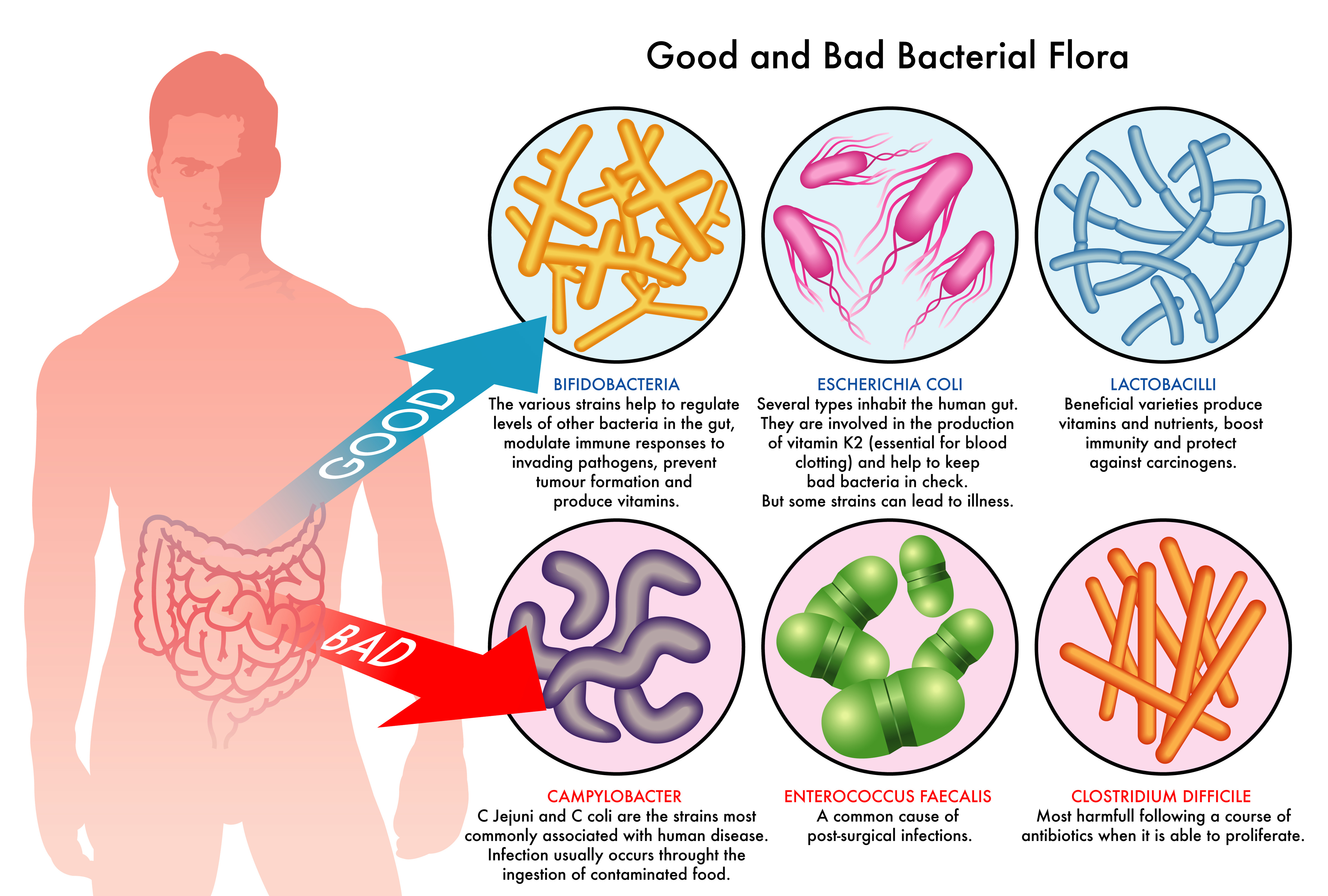 The cold will help reduce swelling and itching, as well as reduce redness and inflammation. However, cold compresses do not replace medical treatment and do not eliminate the need to see a doctor.
The cold will help reduce swelling and itching, as well as reduce redness and inflammation. However, cold compresses do not replace medical treatment and do not eliminate the need to see a doctor.
It is important to remember that self-diagnosis and self-treatment of antibiotic allergy can lead to complications. At the first sign of an allergic reaction, such as skin rashes, itching, swelling, breathing problems or gastrointestinal disturbances, you should immediately consult a doctor. Only an experienced specialist will be able to correctly diagnose an allergy to an antibiotic and prescribe the appropriate treatment.
Antibiotic Allergy Prevention
When your doctor prescribes antibiotics, it is very important to report any allergic reactions you know. Confirm your allergy, if it was to antibiotics, by verifying this with the results of allergy tests.
If you have had allergic reactions to antibiotics in the past, your doctor may recommend that you avoid them in the future or use other medicines instead.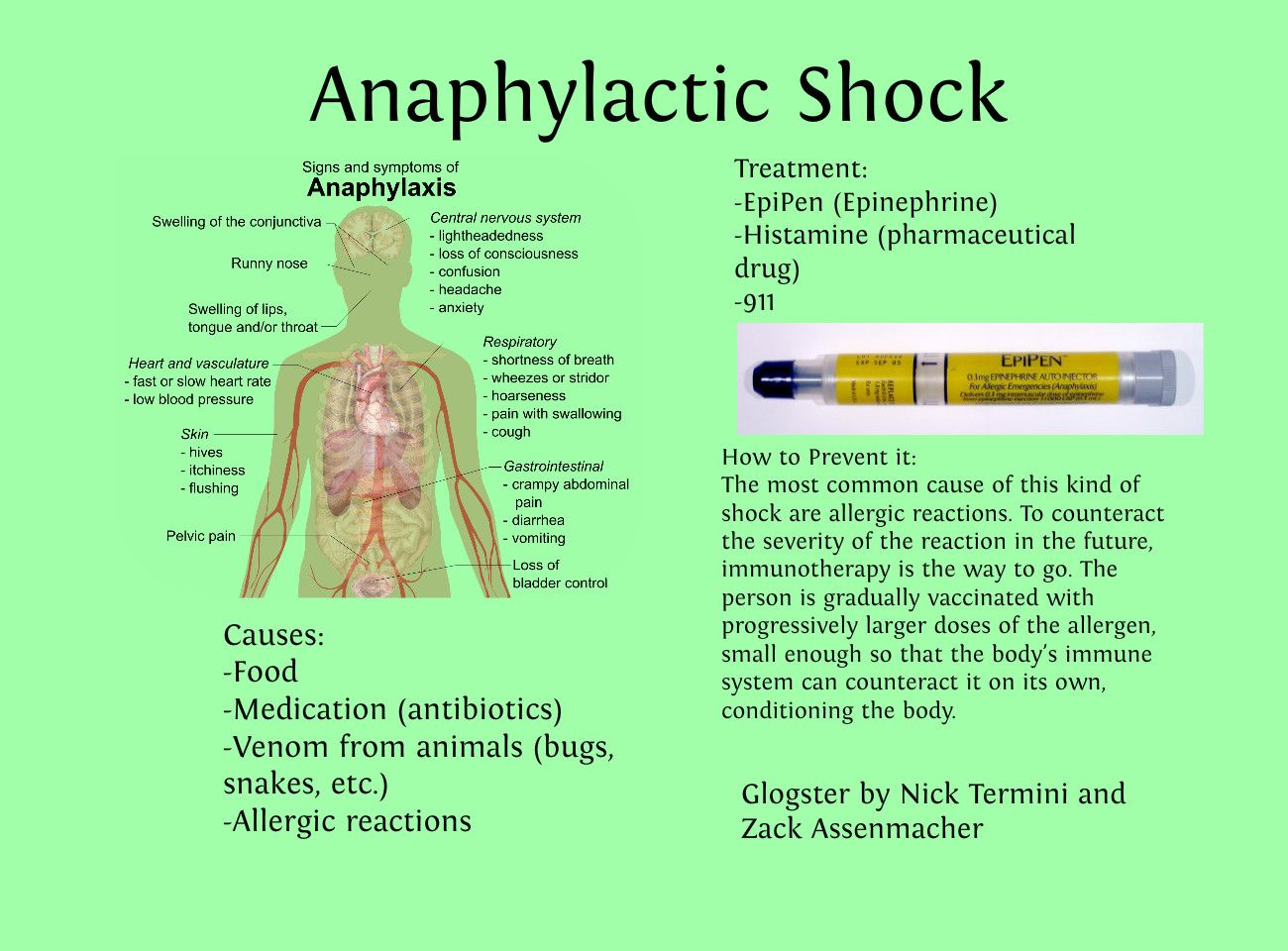 He can also give you advice in case you still need to take an antibiotic.
He can also give you advice in case you still need to take an antibiotic.
If you have taken antibiotics before and do not know if they have caused an allergic reaction in you, be sure to tell your doctor. He may recommend allergy testing to determine the response to antibiotics.
The prevalence of safer and symptomatic antibiotics such as amoxicillin or clarithromycin may reduce the likelihood of an allergic reaction to them. However, even if allergy symptoms have been observed in the past, antibiotics can sometimes be taken with medical supervision. Your doctor will discuss with you all the possible risks and benefits associated with taking antibiotics.
What if you are allergic to an antibiotic?
Allergy to antibiotics is a serious condition and steps must be taken to relieve symptoms and prevent complications.
In the first place, if you develop signs of an allergy to an antibiotic, it is important to immediately stop taking the drug and seek medical attention. He will diagnose and determine whether the reaction is really allergic.
He will diagnose and determine whether the reaction is really allergic.
If you suspect an allergy to an antibiotic, your doctor may order tests, such as skin tests or blood immunoassays, to more accurately determine the cause of the reaction.
Antihistamines or creams and ointments to reduce itching and skin irritation may be recommended to relieve the symptoms of an allergy to an antibiotic.
Severe allergic reactions such as anaphylactic shock may require emergency medical attention. In such cases, you must call an ambulance or go to the nearest hospital.
Given the possibility of developing an allergy to antibiotics, it is important to always inform your doctor of your allergic history before taking these drugs. This will help avoid potential problems and provide safer alternatives if antibiotic treatment is needed.
How can an allergy sufferer be helped if they are allergic to an antibiotic?
In the event of an allergic reaction to an antibiotic, seek immediate medical attention for qualified assistance. He will analyze the symptoms and causes of allergies, and based on this, determine further actions.
He will analyze the symptoms and causes of allergies, and based on this, determine further actions.
If an allergic reaction to an antibiotic is accompanied by severe symptoms such as difficulty breathing, angioedema, or anaphylactic shock, seek immediate medical attention. The doctor may prescribe hormonal drugs, antihistamines, or epinephrine for urgent treatment.
For a mild allergic reaction that causes skin rash or itching, a doctor may prescribe simple remedies such as antihistamines or corticosteroid creams to relieve symptoms. You can also take steps to prevent the allergy from recurring, such as avoiding antibiotics in the future and informing medical staff of your allergy.
It is important to remember that self-treatment of an allergy to antibiotics can be dangerous and ineffective. Therefore, in case of an allergic reaction to an antibiotic, it is necessary to seek the help of a doctor in order to receive the correct treatment and eliminate the allergy symptoms in a safe and effective manner.
Can I take other antibiotics if I’m allergic to one of them?
Allergy to antibiotics is quite common. Often people, having discovered an allergic reaction to a certain antibiotic agent, wonder about the possibility of taking other antibiotics. If you are allergic to one antibiotic, the general rule is to try other antibiotics. However, before starting a new antibiotic, it is necessary to consult a doctor and conduct special allergological tests to determine which specific antibiotics an allergy develops.
The allergen causing the reaction may be common to different antibiotics, so it is important for the clinician to know which specific agents the patient is reacting to. After testing and receiving the results, the doctor will be able to prescribe an antibiotic that does not cause an allergic reaction in the patient, but will still effectively fight the infection.
Moreover, in some cases, an allergy to one antibiotic may indicate an allergic reaction to other antibiotics in the same class. For example, a reaction to penicillins may indicate the possibility of developing an allergy to cephalosporins, since they have a similar chemical structure. Therefore, it is necessary to carefully approach the choice of a new antibiotic and, in case of doubt, consult a doctor.
For example, a reaction to penicillins may indicate the possibility of developing an allergy to cephalosporins, since they have a similar chemical structure. Therefore, it is necessary to carefully approach the choice of a new antibiotic and, in case of doubt, consult a doctor.
Does an allergy to an antibiotic affect subsequent treatment with other antibiotics?
Allergy to an antibiotic may affect subsequent treatment with other antibiotics. When a patient develops an allergic reaction to a particular antibiotic, it means that their immune system responds to the drug as if it were a foreign substance, causing unwanted symptoms.
After such a reaction, medical personnel will avoid prescribing the same antibiotic or antibiotics from the same group so as not to cause a second allergic reaction. This is based on the assumption that the patient may also be allergic to other antibiotics from the same group.
If a new antibiotic is required for treatment, the physician will carefully review the patient’s history of allergic reactions and select an antibiotic from a different group or class to minimize the risk of an allergic reaction. It is also important that the patient informs the doctor about their allergies to antibiotics and other drugs.
It is also important that the patient informs the doctor about their allergies to antibiotics and other drugs.
In some cases of allergy to an antibiotic, additional tests or consultation with an allergist-immunologist may be required to determine a further treatment plan. It is important to remember that each patient may have an individual reaction to antibiotics, so the doctor will make a treatment decision based on the specific situation and characteristics of the patient.
Which medicines help with antibiotic allergy?
Allergic reactions to antibiotics can be dangerous and require immediate treatment. To relieve symptoms and eliminate an allergic reaction, special drugs are prescribed. Here are some of them:
- Antihistamines: These medicines help reduce the symptoms of an allergic reaction such as itching, hives and swelling. They block the action of histamine, a substance that causes allergic symptoms. Some of the more common antihistamines include cetirizine, loratadine, and dimethindene.

- Glucocorticosteroids: These drugs are used to reduce inflammation caused by an allergic reaction. They may be given as creams, ointments, or tablets. Some of the glucocorticosteroids that may be used include prednisone and dexamethasone.
- Epinephrine: This is a first aid drug that is injected for anaphylactic shock. It constricts blood vessels and dilates the airways, helping to restore normal breathing and blood circulation. Epinephrine injection should only be given as directed by a doctor in an emergency.
It is important to remember that self-medication can be dangerous. If you have an allergic reaction to an antibiotic, consult a doctor who will select the most appropriate drugs and tell you about their correct use.
When should I seek medical help for an allergy to an antibiotic?
Allergic reactions to antibiotics can have different manifestations and levels of severity. In most cases, the symptoms of an antibiotic allergy are manifested in the form of a rash, itching, swelling of the face or throat.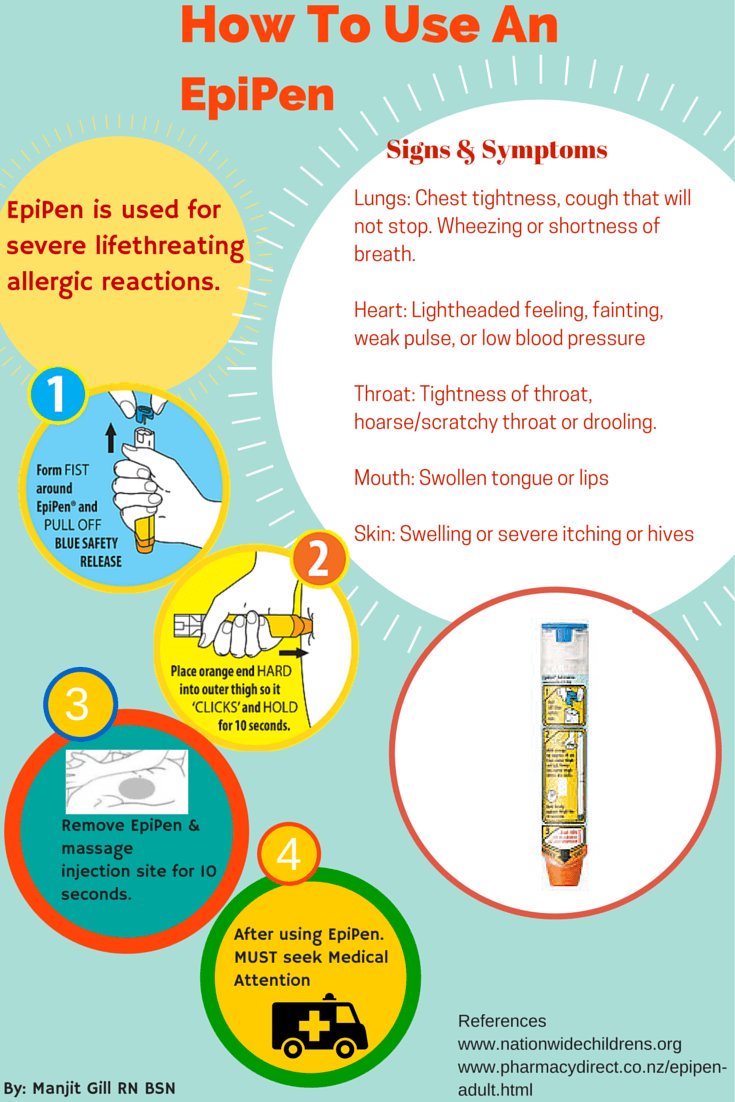 In such cases, you should immediately seek medical help.
In such cases, you should immediately seek medical help.
Also, if you have more severe symptoms such as shortness of breath, rapid pulse, dizziness or flushing of the whole body, this may indicate an allergic shock. In this case, you must immediately call an ambulance or go to the nearest hospital.
If you are already known to be allergic to antibiotics and have experienced severe reactions to antibiotics in the past, you are advised to seek medical attention before starting a new course of treatment. The doctor will be able to do more research and choose alternative drugs without antibiotics to avoid the risk of an allergic reaction.
If you suspect an allergy to an antibiotic, do not leave this matter unattended. Seek medical attention so that professionals can diagnose and prescribe appropriate treatment. Follow your doctor’s instructions and do not take any medications on your own, including antihistamines, unless recommended.
Children’s antibiotic allergy: features and treatment
Children’s antibiotic allergy is a common problem that can occur in children of any age. It can present with a variety of symptoms, including skin rashes, itching, swelling, and respiratory distress. It is important to note that an allergic reaction to an antibiotic can develop even when it is first used.
It can present with a variety of symptoms, including skin rashes, itching, swelling, and respiratory distress. It is important to note that an allergic reaction to an antibiotic can develop even when it is first used.
Childhood allergy to antibiotics is unique in that it can occur in both infants and older children. In addition, allergic reactions in children may be more intense and prolonged than in adults. Therefore, parents should be especially alert to possible signs of an allergy in their child when taking antibiotics.
The treatment of a child’s allergy to antibiotics depends on the type of allergic reaction and its degree. First of all, it is recommended to stop taking the antibiotic and consult a doctor. A doctor may prescribe antihistamines to relieve allergy symptoms and reduce inflammation. In more severe cases, the use of glucocorticosteroid drugs may be required. It is important to remember that self-medication is unacceptable and can lead to a deterioration in the child’s condition.
It is important to consult a doctor before starting treatment and carefully read the package leaflet to prevent children from allergic reactions to antibiotics. If the child has already had an allergic reaction to a certain antibiotic, the doctor may prescribe an alternative drug. It is also recommended to observe hygiene and prevent the possibility of contact of the child with the allergen.
Why is antibiotic allergy dangerous for pregnant women?
Allergy to antibiotics is a serious disease that can have dangerous health consequences for pregnant women. When a woman is pregnant, her immune system may be more sensitive, which increases her risk of developing an allergic reaction to antibiotics.
Pregnant women who are allergic to antibiotics may experience various symptoms such as skin rash, itching, swelling of the face and throat, difficulty breathing and angioedema. To make matters worse, pregnant women are often prescribed antibiotics to treat infections that can pose a threat to their health and that of the baby.
In the event of an allergic reaction to an antibiotic, the pregnant woman should seek immediate medical attention. He will diagnose and determine which antibiotic is causing the allergy. After that, a treatment plan will be developed to prevent the occurrence of allergic reactions in the future.
It is important to remember that an allergy to an antibiotic can be dangerous not only for the pregnant woman, but also for the developing fetus. If antibiotics are needed to treat the infection, the physician should consider alternative options to reduce the risk of allergic reactions in the pregnant woman and exposure to the fetus.
Antibiotic Allergy Advice
If you know you have an antibiotic allergy, here are a few important things to keep in mind to keep you healthy:
- Avoid exposure to antibiotics: Make sure your doctor and pharmacist know about your allergy and tell them about it when prescribing or buying medicines. Also be careful when taking other medicines, suspensions or dyes as they may contain antibiotics.

- Watch your diet: Some foods such as dairy, eggs or seafood may contain antibiotics. Be careful when choosing and preparing food, especially if you are a hunter for the products of your farm.
- Wear a medical bracelet or identification card: The more people who know about your allergy, the safer you will be. Wear or keep information about your allergy in your wallet so that other people know what to do if necessary.
- Be aware of your symptoms: Seek medical attention at the first sign of an allergic reaction such as itching, numbness, rash, swelling or difficulty breathing. Also, follow your doctor’s recommendations for allergy testing and antihistamines.
- Talk to your doctor about alternative treatments: For people who are allergic to an antibiotic, doctors may consider alternative treatments such as probiotics or natural antibacterials. Feel free to discuss these options with your doctor.

Remember that emergency allergic reactions to antibiotics can be dangerous and require immediate medical attention. In the event of a severe allergic reaction such as anaphylaxis, call an ambulance immediately or go to the nearest hospital.
Conclusion
Allergic reactions to antibiotics are quite common. They can manifest as various symptoms, such as skin rashes, itching, swelling, respiratory problems, and even anaphylactic shock.
Allergy to antibiotics is caused by the body’s immune reaction to the components of the drug. Some antibiotics may be more allergenic than others.
Antibiotic allergy treatment includes discontinuation of the drug and administration of antihistamines. In some cases, it may be necessary to use glucocorticosteroids or adrenaline in case of anaphylactic shock.
If you are allergic to antibiotics, you should avoid their use in the future and inform your doctors about your allergic reaction. It is important to remember that an allergy to one group of antibiotics may not mean an allergy to other groups, so you should discuss possible alternative treatment options with your doctor.
Related videos:
Q&A:
What are the symptoms of antibiotic allergy?
Antibiotic allergy symptoms can vary. It can be skin rash, itching, redness of the skin, swelling of the lips, tongue or face, red spots all over the body, runny nose, sneezing, difficulty breathing, choking, coughing, weakness, dizziness, nausea, vomiting, abdominal pain, diarrhea and other symptoms. If you experience these symptoms after taking an antibiotic, be sure to see your doctor.
What can cause an allergy to antibiotics?
Allergies to antibiotics are caused by an overreaction of the immune system to these drugs. The body perceives antibiotics as hostile substances and begins to produce antibodies, which leads to the development of an allergic reaction. Causes of antibiotic allergy may include genetic predisposition, a previous allergic reaction to antibiotics or other drugs, and the presence of allergic reactions to food.
Can an allergy to antibiotics be cured?
Allergy to antibiotics can be managed, but it is not yet possible to completely cure this allergy. However, there are various methods to reduce symptoms and prevent an allergic reaction from developing. Your doctor may prescribe antihistamines, creams to relieve skin symptoms, or topical medications. In case of severe reactions, urgent medical attention may be needed.
Which antibiotic most often causes an allergic reaction?
Any antibiotic can cause an allergic reaction, but some types of antibiotics are more likely to cause an allergic reaction. These are primarily penicillins and cephalosporins. However, an allergic reaction can be caused by any other antibiotic. If you have an allergy to a certain type of antibiotic, it is important to tell your doctor.
What should I do if I have an allergic reaction to an antibiotic?
If you have an allergic reaction to an antibiotic, seek immediate medical attention.



 4 Causes of antibiotic allergy
4 Causes of antibiotic allergy 20.0.1 What are the symptoms of an allergy to antibiotics?
20.0.1 What are the symptoms of an allergy to antibiotics?